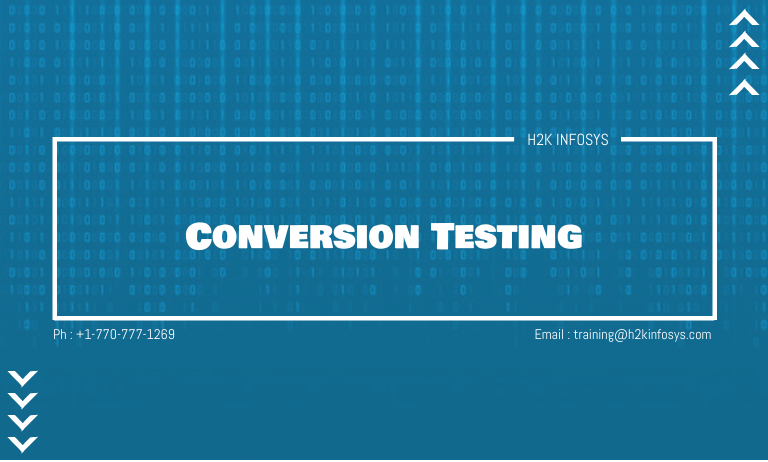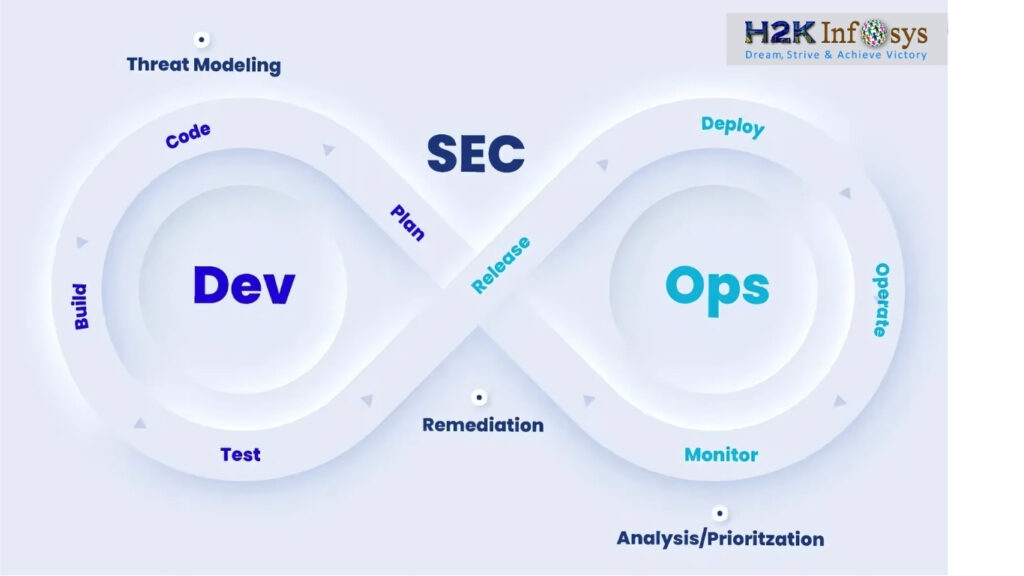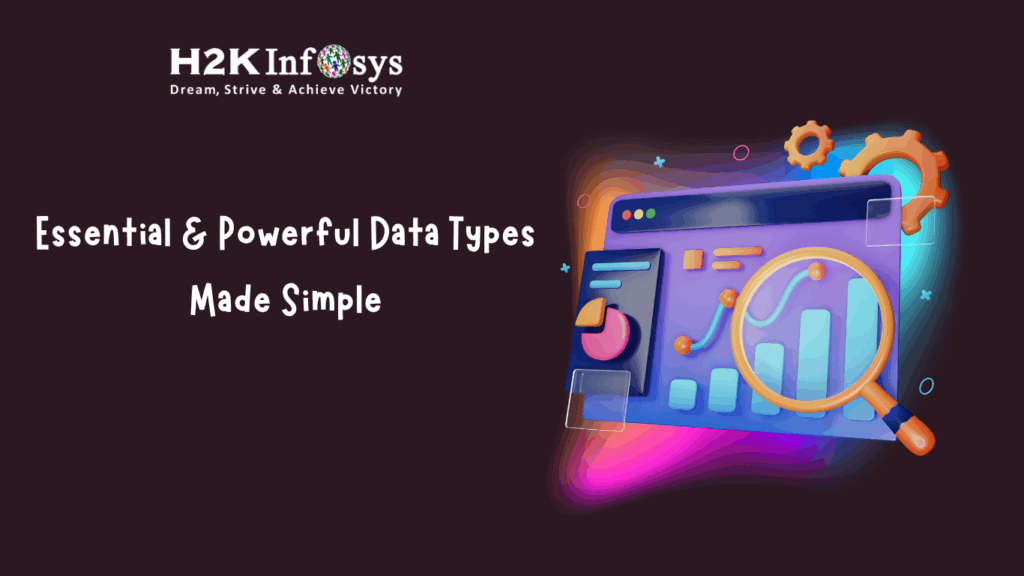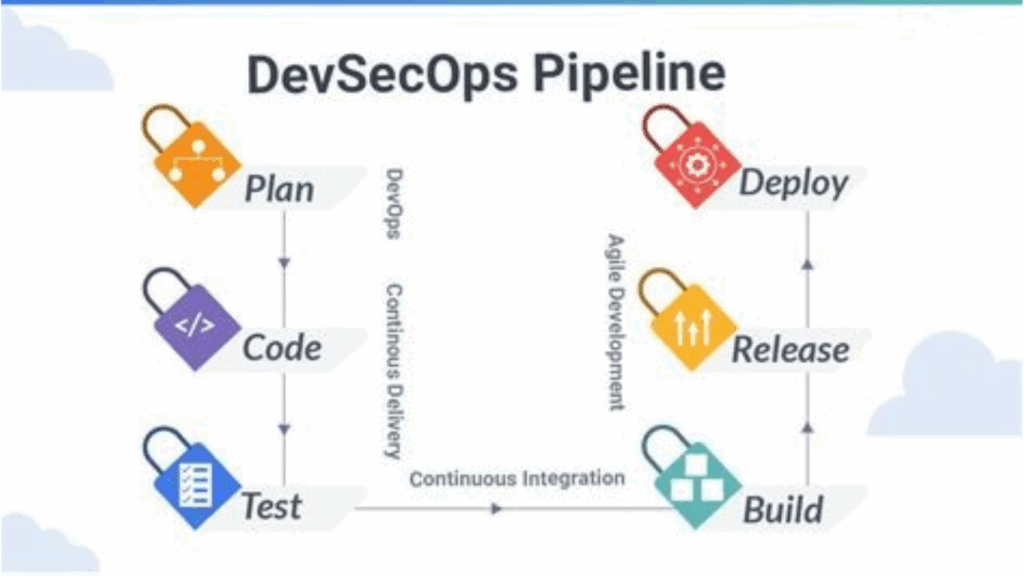Conversion Testing, often referred to as Conversion Rate Optimization (CRO) testing, is a critical aspect of this optimization process. This article will delve into the world of conversion Software testing, its importance, methodologies, and best practices to ensure your website or application reaches its full potential.
What is Conversion Testing?
Conversion Testing is the process of testing various elements of a website or digital platform to determine which versions lead to the highest conversion rates. Conversions can be defined in many ways, such as sales, sign-ups, downloads, or any action that you want your users to take. Conversion Testing involves modifying elements like headlines, call-to-action (CTA) buttons, layouts, images, and more to see which changes positively affect user behavior.
Conversion Testing is not just about making random changes; it’s a strategic approach based on data-driven decisions that help improve user engagement and increase conversion rates.
Types of Conversion Testing
Conversion Testing can be conducted using various methodologies, each with its unique approach and benefits. Here are the most common types:
A/B Testing (Split Testing)A/B Testing is one of the most popular methods of conversion testing. It involves creating two versions (Version A and Version B) of a webpage or element. These versions differ slightly usually by one variable, such as a headline, button color, or image. Traffic is split between the two versions, and the version that performs better in terms of conversions is deemed the winner.
Multivariate Testing (MVT)Multivariate Testing is a more complex form of conversion testing. It tests multiple variables simultaneously to see how different combinations affect user behavior. For example, you could test different headlines, images, and CTA buttons all at once. This approach helps identify which combination of elements works best, but it requires a larger sample size due to its complexity.
Split URL TestingSplit URL Testing involves testing entirely different versions of a page hosted on separate URLs. This approach is particularly useful when testing major design changes or completely new concepts. Traffic is divided between the different URLs, and the performance is measured based on user interactions and conversions.
User Testing (Qualitative Testing)While A/B and Multivariate Testing focus on quantitative data, User Testing involves observing real users as they interact with your site or app. This qualitative approach helps identify usability issues and gather feedback directly from users, providing insights that purely data-driven tests might miss.
Why is Conversion Testing Important?
Conversion Testing is essential for any business aiming to maximize the effectiveness of its online presence. Here are some key reasons why Conversion Testing is crucial:
- Improves User Experience: Conversion Testing helps identify which elements resonate most with users, allowing you to create a more engaging and intuitive user experience. A better experience often leads to higher conversion rates.
- Data-Driven Decisions: Instead of relying on assumptions or opinions, Conversion Testing provides concrete data that guide decision-making. This ensures that changes to your website or app are based on evidence rather than guesswork.
- Increases Revenue: By optimizing the elements that drive user actions, Conversion Testing can significantly increase your conversion rate, leading to higher sales or other desired outcomes.
- Reduces Bounce Rates: Testing different page elements can help you understand what keeps users engaged. Reducing bounce rates means more users are staying longer on your site and are more likely to convert.
- Cost Efficiency: Conversion Testing allows you to make incremental changes that can have a substantial impact on performance. This can be more cost-effective than large-scale redesigns.
Key Elements to Test for Conversions
Conversion Testing can focus on a wide range of elements, depending on your goals and audience. Here are some of the most impactful areas to consider:
Headlines and CopyThe headline is often the first thing a visitor notices on your page. Testing different headlines and copy styles can significantly influence user engagement. Try variations that highlight different benefits, emotions, or tones to see what resonates best with your audience.
Call-to-Action (CTA) ButtonsThe design, text, color, and placement of CTA buttons can drastically affect conversion rates. Testing different versions can help you find the most compelling CTA that encourages users to take action.
FormsForms are a critical element in capturing user data. Test the length, layout, and required fields of your forms. Shorter forms or those that offer clear guidance often result in higher completion rates.
Images and VideosVisual elements play a huge role in user engagement. Test different images, videos, or animations to determine what captures your audience’s attention and supports your message effectively.
Page Layout and NavigationA well-organized layout with easy-to-navigate menus enhances the user experience. Test different layouts to find the most intuitive design that keeps users engaged and reduces friction.
Pricing PagesPricing pages are often a make-or-break point in the customer journey. Test different layouts, pricing structures, and ways to highlight features or benefits to see what leads to more conversions.
Social ProofAdding social proof, such as testimonials, reviews, or case studies, can build trust and credibility. Test different placements and formats of social proof to see which increases conversions.
Best Practices for Conversion Testing
Conversion Testing, when done right, can lead to significant improvements in your website’s performance. Here are some best practices to consider:
Define Clear GoalsBefore starting any test, it’s crucial to define what you want to achieve. Are you looking to increase sign-ups, sales, or reduce bounce rates? Having clear goals will guide your testing strategy and help measure success.
Start with HypothesesEach test should begin with a hypothesis based on data or user feedback. For example, “Changing the CTA button color to red will increase click-through rates.” This approach keeps your testing focused and purpose-driven.
Test One Variable at a Time (for A/B Tests)To accurately measure the impact of a change, test only one variable at a time. Testing multiple changes simultaneously can make it difficult to identify which element influenced the outcome.
Use Reliable ToolsUse reputable tools for conducting and analyzing your tests. Tools like Google Optimize, Optimizely, and VWO are popular choices that offer robust testing capabilities and detailed analytics.
Segment Your AudienceDifferent audience segments may respond differently to changes. Test variations on specific segments such as new visitors, returning customers, or users from different locations to gain more targeted insights.
Run Tests Long EnoughEnsure your tests run long enough to gather significant data. Ending tests too soon can lead to unreliable results. The duration of tests will depend on your website’s traffic volume and the nature of the test.
Analyze and Implement ResultsOnce the test is complete, analyze the results carefully. If the test variation outperforms the control, implement the change. Continuously monitor the performance to ensure that the improvement is sustained.
Iterate and RepeatConversion Testing is an ongoing process. Continually test new ideas and iterations to keep optimizing your site. Even small incremental changes can lead to significant gains over time.
Common Pitfalls in Conversion Testing
While Conversion Testing is powerful, it’s important to avoid common pitfalls that can hinder your success:
- Testing Without Sufficient Data: Running tests with insufficient sample sizes can lead to misleading conclusions. Always ensure you have enough data to support your findings.
- Ignoring User Experience: A variation that improves conversion rates but degrades user experience can hurt your brand in the long run. Balance conversion gains with maintaining a positive user experience.
- Overcomplicating Tests: Especially with multivariate testing, it’s easy to overcomplicate things. Keep tests manageable and focus on the most impactful changes first.
- Not Acting on Results: Conducting tests without implementing successful variations wastes time and effort. Ensure that winning variations are promptly implemented.
Conclusion
Conversion Testing is an invaluable tool for any business looking to enhance its digital performance. By systematically testing and optimizing different elements of your website or app, you can drive higher engagement, reduce bounce rates, and ultimately, boost your conversion rates. Remember, the key to successful conversion testing is a data-driven approach, continuous iteration, and a commitment to improving the user experience. Embrace conversion testing as an integral part of your optimization strategy, and you’ll be well on your way to digital success.






























13 Responses
Conversion Testing: Testing of programs or procedures used to convert data from existing systems for use in replacement systems. It is usually performed by the QA teams. Conversion Testing is used to any type of data can be converted from any form to another. For web-based application, the web pages should be of the form HTML that should agree to W3C HTML specification so that browsers which can render the page correctly.
Generally, conversion testing is about showing the different content to the people who will access our website and then measuring the impact of change on your conversions and conversion rate.
Conversion testing: is used to verify zone data format will be converted into another data format so that the converted data format will be seamlessly by the application under the test appropriately. Conversion testing is showing people the difference when they are viewing the website and measuring the impact of change on your conversions and conversion rate. Conversion testing Common examples of conversion testing are:
1. Button Color-when we test whether blue cotton converts at higher rate than a red button.
2. Background Image- For example, it tests whether background image converts at a higher rate than a normal plain image.
3. Offer- For example, it tests whether free shipping of products of $40 or less and converts 10% discount.
4. Pop up- consider an example, it tests whether the pop-up converts at a higher rate rather than flyout for mobile visitors.
Conversion Testing is used to verify zone data format will be converted into another data format so that the converted data format will be seamlessly by the application under the test. conversion testing is about showing the different content to the people who will access our website and then measuring the impact of change on your conversions and conversion rate.
Some common Test Examples :
• Button Color
For example we test whether a blue button converts at higher rate than a red button.
• Background Image
For example it tests whether background image converts at higher rate than a normal plain image.
conversion testing is used to verify the zone data format will be converted into another data format will be seamlessly by the application under the test appropiately.it allows us to see if the change and its impact is real or just a coincidence.
Conversion Testing is used to verify zone data format will be converted into another data format so that the converted data format will be seamlessly by the application under the test appropriately. Any type of data can be converted from any form to another, for web-based application, the web pages should be of the form HTML that should agree to W3C HTML specification so that browsers which can render the page correctly.
Conversion testing is to verify that one data format can be converted into another data format so that the converted data format can be used seamlessly by the application under test appropriately.
conversion testing is a testing technique that measures the effect of changing the website component.
Breadth Testing involves testing the crucial functionality of a program or a software but it does not dwell on testing the finer details of an application. This test is similar to Smoke testing, Build acceptance testing or Build verification testing. Through this testing we are trying to achieve high level analysis of the application.
Conversion Testing basically measures change in the conversion rate of a website by changing various components of a website like button placement, images, popups, background etc., It gauges the effect of changing different aspects of a website.
Conversion Testing: Testing of programs or procedures used to convert data from existing systems for use in replacement systems. It is usually performed by the QA teams. Conversion Testing is used to any type of data can be converted from any form to another. For web-based application, the web pages should be of the form HTML that should agree to W3C HTML specification so that browsers which can render the page correctly.
Generally, conversion testing is about showing the different content to the people who will access our website and then measuring the impact of change on your conversions and conversion rate.
Conversion Testing is used to verify whether the zone data format will be converted into another data format so that the data format will be converted seamlessly by the application under the test appropriately. Generally conversion testing is about showing different content to the people who will access the website and then measuring the impact of change on the conversions and conversion rate. It allows us to see if the change and its impact is real or just coincidence. Common examples of conversion testing are testing whether a blue button converts at higher rate than a red button, testing whether the background image converts at a higher rate than a normal plain image, testing whether free shipping of products of $40 or less, and converts 10% discount, and testing whether a pop-up converts at a higher rate rather than flyout for mobile visitors.
Conversion Testing is used to verify zone data format will be converted into another data format so that the converted data format will be seamlessly integrated by the application under the test appropriately. Any type of data can be converted from any form to another, for web-based application, the web pages should be of the form HTML that should agree to W3C HTML specification so that browsers which can render the page correctly.
Conversion testing allows us to see if the change and its impact is real or just coincidence. In essence, you want to ensure that change has a positive effect, if we have to do this testing we need enough data which makes sure that we are seeing true results.
convertible testing is used to verify that zone data can be converted into another form of data and any type of data can be converted into any form.
this testing allows us to know about the impact of change in software in real time and if this is true or just coincidence.
we can try this by showing the contents to the real users of software and find the impact on our conversion or conversion rate. two types of testing can be done-Micro testing as primary objective which covers large amount of data and major functions of software.
Macro testing as secondary objective which covers less important functions.